News Archive
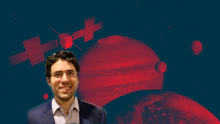
Could Jupiter’s icy moons support life? Mission to Jupiter set to launch on April 13
Posted
Assistant Professor Ali Sulaiman of the School of Physics and Astronomy is part of the magnetometer instrument team that will study the icy moons of Jupiter. The European Space Agency’s flagship mission, the Jupiter Icy Moons Explorer (JUICE), will begin its eight-year voyage to the Solar System’s largest planet on April 13.
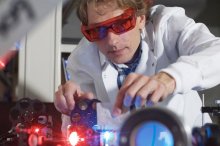
Puchner receives Biosensing grant
Posted
Professor Elias Puchner of the School of Physics and Astronomy received a 2023 grant from the University of Minnesota's International Institute for Biosensing (IIB). Puchner’s research group will receive $193K over three years to perform research on “Enhanced Fluorescence Biosensensing by Non-Linear Signal Amplification.”

Student-planned NuSTAR observation reveals hidden light shows on the Sun
Posted
Students at the School played a key role in planning a NuSTAR solar observation which could help shed light on one of the Sun’s biggest mysteries. UMN physics grad students Marianne Peterson and Reed Masek, as well as recent physics Ph.D. recipient Jessie Duncan, under the guidance of Associate Professor Lindsay Glesener, of the School of Physics and Astronomy, all worked on a successful proposal to NASA to use the NuSTAR (Nuclear Spectroscopic Telescope Array)--typically used to view bodies outside the solar system such as massive black holes and collapsed stars-- to observe the Sun. The group is also actively analyzing the data obtained from the observations.

Strobbe gets grant to study machine learning
Posted
Nadja Strobbe, Assistant Professor in the School of Physics and Astronomy will receive $232,000.00 as part of a $4.3 million grant awarded by the Department of Energy to improve machine learning in high energy physics.
University theorists help shed new light on superconductivity in two-dimensional materials
Posted
University of Minnesota Physics Ph.D. student Amartya Saha, working under the guidance of Prof. Turan Birol, from the Chemical Engineering and Materials Science department, and Prof. Rafael Fernandes, from the School of Physics and Astronomy, developed a theoretical model to elucidate the unusual superconducting properties displayed in a two dimensional semiconductor.
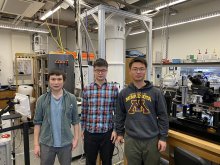
Unprecedented control: Wang Group demonstrates precise manipulation of electron waves in a novel graphene microcavity
Posted
Device to focus electrons the same way light can be focused in a laser
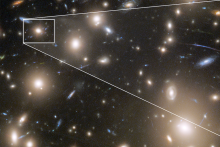
Kelly leads study of Red-supergiant supernova images
Posted
School of Physics and Astronomy Professor Patrick Kelly led a team that has measured the size of a star dating back more than 11 billion years ago using images that show the evolution of the star exploding and cooling. The research could help scientists learn more about the early Universe.

Pribiag group creates first few-mode multi-terminal Josephson junction
Posted
Professor Vlad Pribiag from the School of Physics and Astronomy led a group effort that has experimentally realized a long-theorized few-mode multi-terminal Josephson junction.
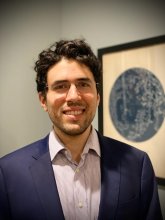
Ringleader: New faculty member is expert in planetary physics
Posted
This fall, the School will welcome Ali Sulaiman to the space physics group.
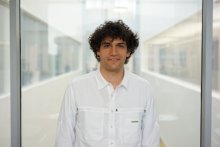
Pribiag leads team that receives $1.4M Keck Foundation grant to study possible breakthrough in quantum computing
Posted
A team led by School of Physics and Astronomy Associate Professor Vlad Pribiag has received an award from the W. M. Keck Foundation to study a new process that could lead to a breakthrough in quantum computing.